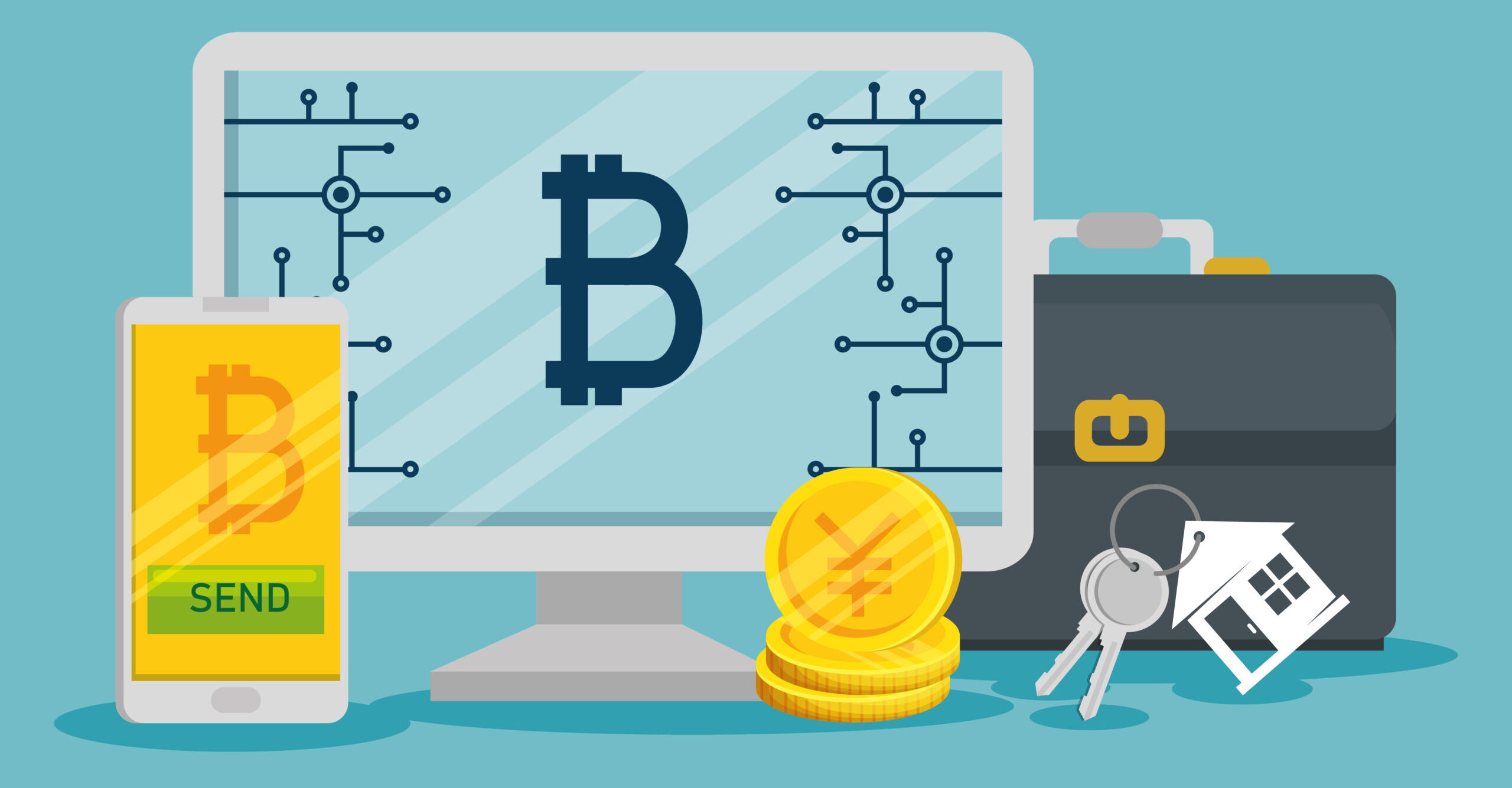The Future of Crypto Payments: Innovations and Trends
- 1 What are Crypto Payments?
- 2 Cryptocurrencies that Could Influence Payments
- 3 The Innovation of Crypto Payments Compared to Traditional Payments
- 3.1 Enhanced Security
- 3.2 Reduced Transaction Costs
- 3.3 Global Accessibility
- 3.4 Faster Transactions
- 3.5 Privacy and Transparency
- 3.6 Ease of International Trade
- 4 Are Crypto Payments the Future of Payment Methods?
- 4.1 The trend of accepting and using crypto payments
- 4.2 How can your business accept crypto payments?
- 5 Conclusion
As the digital revolution continues to reshape the global financial landscape, crypto payments have emerged as a captivating and transformative force. The intersection of blockchain technology and decentralized currencies is ushering in a new era of transactions, one that transcends the limitations of traditional payment methods.
According to Vincent from UniPayment, in this dynamic landscape, the future of crypto payments holds promise, fueled by relentless innovation and a growing acceptance across industries. From the rise of stablecoins and central bank digital currencies (CBDCs) to the integration of smart contract capabilities, the trajectory of crypto payments is marked by unprecedented opportunities and challenges.
With the value of Bitcoin soaring to record highs and new digital currencies popping up regularly, it’s evident that this trend is here to stay. But what does this mean for the way we’ve been making payments for ages? Could we be on the brink of a payment revolution? This article will delve into the development of crypto payments and their potential impact on the future of money.
What are Crypto Payments?
Crypto payments, short for cryptocurrency payments, introduce a modern twist to the way we exchange value. Cryptocurrencies are digital or virtual currencies that utilize cryptography for secure transactions. They operate on decentralized systems called blockchains, ensuring transparency and reducing the need for intermediaries like banks. Bitcoin, Ethereum, and numerous other cryptocurrencies are part of this innovative realm.
Popular methods of crypto payments have revolutionized the way transactions occur. From direct peer-to-peer transfers using digital wallets to integrating crypto payment gateways on e-commerce platforms, the versatility of these methods is striking.
Additionally, the emergence of QR code-based payments and the integration of cryptocurrencies into mobile payment apps further exemplifies the seamless nature of crypto transactions. These methods combine convenience, security, and global accessibility, enhancing the adoption and mainstream acceptance of cryptocurrencies as a viable means of exchange.
Cryptocurrencies that Could Influence Payments
Cryptocurrencies have brought about a wave of innovation, and several key players are poised to significantly influence the landscape of payments. Among these, Bitcoin stands as the pioneer and most recognized digital currency, often referred to as “digital gold.” Its widespread acceptance and decentralized nature have sparked interest globally. Ethereum, with its smart contract capabilities, has opened doors for programmable transactions, enabling self-executing agreements without intermediaries. Ripple’s XRP aims to revolutionize cross-border payments by facilitating swift, cost-effective international transfers.
Additionally, stablecoins like Tether and USD Coin have gained traction due to their stable value, making them ideal for day-to-day transactions. As the crypto space continues to evolve, these influential cryptocurrencies are redefining how payments are conducted, promising a future where financial transactions are efficient, borderless, and technologically advanced.
The Innovation of Crypto Payments Compared to Traditional Payments
The emergence of crypto payments has introduced a new paradigm in contrast to traditional payment methods. This change is marked by several notable advancements that reshape the way we exchange value:
Enhanced Security
Crypto payments bring a remarkable boost in security compared to traditional methods. Traditional payment systems often involve centralized control, making them vulnerable to data breaches and hacks. In contrast, crypto payments utilize blockchain technology, a decentralized and tamper-resistant ledger, ensuring that transactions are transparent, immutable, and resistant to fraudulent activities.
This enhanced security builds trust among users and mitigates the risks associated with unauthorized access.
Reduced Transaction Costs
One of the standout advantages of crypto payments is their cost-effectiveness. Traditional payment methods often include various intermediary fees, currency conversion charges, and other hidden costs. With crypto payments, transactions can occur directly between parties, eliminating the need for intermediaries and resulting in significantly lower transaction fees, particularly for international transfers. This cost reduction enhances financial efficiency and makes micropayments more viable.
Global Accessibility
Crypto payments transcend geographical borders and restrictive banking systems, allowing users to engage in transactions on a global scale without encountering the limitations of traditional banking systems.
Crypto payments, on the other hand, enable anyone with an internet connection to engage in transactions, fostering financial inclusion and expanding economic opportunities on a global scale.
Faster Transactions
Traditional payment methods, such as bank transfers, often involve waiting periods that can range from several hours to days.
However, Crypto payments, powered by blockchain technology, offer near-instantaneous transaction processing. This swift processing time empowers users to complete transactions quickly, whether it’s for purchasing goods, settling debts, or transferring funds across borders.
Privacy and Transparency
Crypto payments strike a balance between privacy and transparency. While blockchain technology ensures that all transactions are recorded on a public ledger, personal information remains pseudonymous. This means that while transaction details are visible, the identities of the parties involved remain protected.
This feature offers an additional layer of privacy compared to traditional payment methods, where personal information can be more readily accessible.
Ease of International Trade
For businesses engaged in international trade, crypto payments streamline cross-border transactions by eliminating the complexities associated with currency conversions and banking processes, resulting in faster and more cost-efficient cross-border trades. This innovation paves the way for smoother global commerce and expanded business opportunities.
Are Crypto Payments the Future of Payment Methods?
The trend of accepting and using crypto payments
Using crypto payments is experiencing a significant surge across a diverse range of industries. Businesses, both large and small, are recognizing the advantages of incorporating cryptocurrencies as a form of payment. Online retailers, travel agencies, and even hospitality services are increasingly allowing customers to pay with digital currencies.
Using crypto payments isn’t limited to just tech-savvy startups; well-established companies are also accepting them. As more people become familiar with cryptocurrencies and their benefits, the adoption of crypto payments is likely to continue growing.
Moreover, the security aspect of crypto payments is a major draw. With blockchain technology ensuring secure and tamper-proof transactions, businesses are finding an added layer of trust in this form of payment. Customers, too, appreciate the anonymity and protection offered by crypto payments, minimizing the risk of sensitive data breaches.
This shift reflects a broader shift in the financial landscape, signaling a future where digital currencies are integrated into our daily transactions, reshaping the way we perceive and utilize money.
How can your business accept crypto payments?
Wondering how your business can tap into the world of crypto payments? It’s easier than you might think. Start by selecting a reputable cryptocurrency payment processor that aligns with your business model. These processors provide the necessary tools and integration options to seamlessly incorporate crypto payments into your existing platform.
Next, set up a digital wallet to securely store and manage the received cryptocurrencies. Displaying prominent signs or icons indicating crypto payment acceptance on your website or physical store can also attract tech-savvy customers.
Lastly, educate your team about the crypto payment process, enabling them to assist customers confidently. By embracing crypto payments, your business can access a broader customer base, enhance financial efficiency, and be at the forefront of a rapidly evolving digital payment landscape.
Conclusion
In the ever-evolving realm of finance, the future of crypto payments holds immense promise. As we’ve explored the innovations and trends shaping this landscape, it’s evident that cryptocurrencies are not just a passing trend but a transformative force.
The integration of enhanced security, reduced transaction costs, global accessibility, and faster transactions is redefining the way we exchange value. With privacy and transparency at their core, coupled with the ease of international trade, the potential impact on businesses, individuals, and the financial ecosystem is vast.
As cryptocurrencies continue to gain traction and acceptance, they’re poised to reshape traditional payment systems, fostering a future where efficiency, security, and technological advancement harmonize to redefine the very nature of how we transact in the digital age.

















